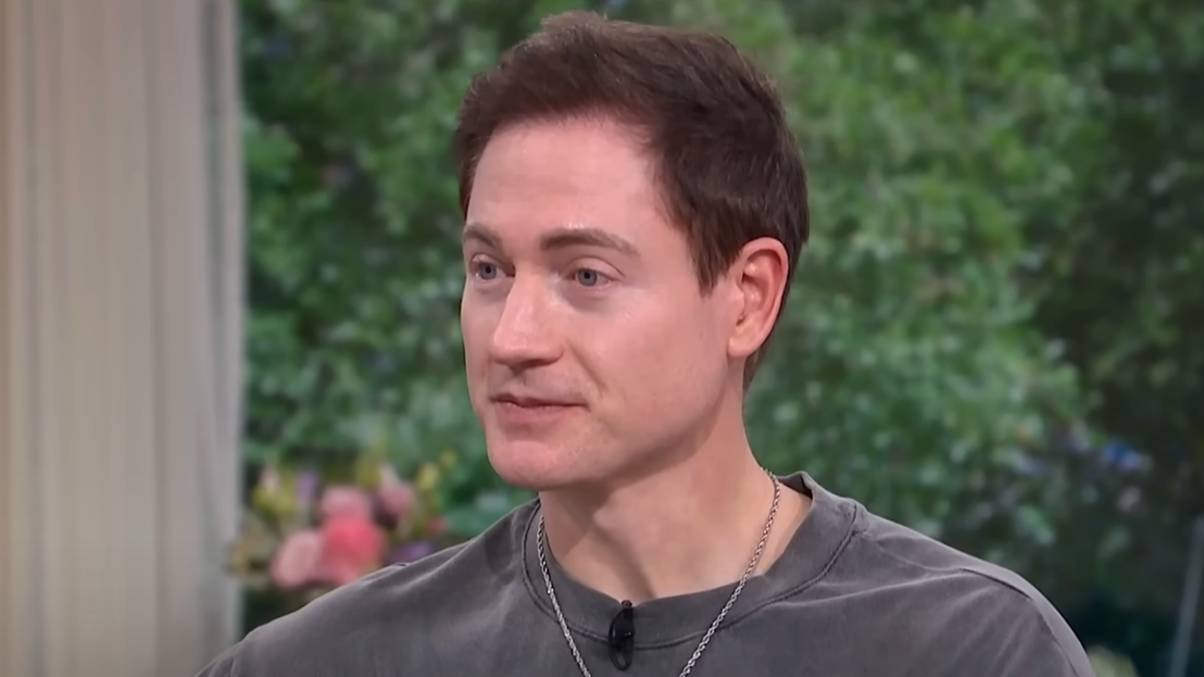“Experience the Unimaginable: NASA’s Chilling Simulation Reveals the Gripping Reality of Falling into a Black Hole!”
Have you ever found yourself lying in bed at 2 a.m., questioning the universe and its dark mysteries, like, “What would it feel like to tumble into a black hole?” I mean, we’ve all had those wild, panic-induced thoughts, right? Flashback to schooldays, where the terrifying idea of these cosmic vacuum cleaners ready to gobble us up was somehow a regular topic of conversation—was it the end of the world in 2012 that sparked this collective fear? Chances are, you’re not alone in your cosmic nightmares. Well, brace yourself! NASA has taken this eerie fascination to a new level with a simulation that shows exactly what falling into a black hole might entail. Spoiler alert: It’s not what you might think, and it probably won’t ease your anxiety! Interested in the science behind this cosmic conundrum? LEARN MORE.
A NASA simulation shows what it would be like to fall into a black hole – and it might not be exactly how you expect.
I don’t know about you lot, but when I was in school, we all seemed to go through this phase of having an irrational fear of black holes.
For some reason, plenty of us seemed convinced one was going to swallow us all up. Perhaps the whole idea that 2012 was going to be the end of the world had something to do with it… how far we’ve come.
But we’d have chats about what it might feel like as we woke up from nightmares of falling into a black hole.
And perhaps it’s something you’re still scared of now. In which case, this terrifying simulation from NASA probably won’t help.

It’s not exactly a dream scenario (NASA)
User AstroKobi shares educational videos on YouTube and featured the science clip on his account.
He explains how the video zooms in, you can see the ‘event horizon’ of the black hole. This is essentially the ‘point of no return’, aka the boundary where the escape velocity equals the speed of light.
“If you pass beyond that black barrier, there is no coming back,” the user stresses.
He goes on to explain that the black hole used is ‘4.3 million times more massive than our sun’.
“To create a simulation this detailed, it took NASA’s supercomputers five days,” AstroKobi explains, “and generated over 10 terabytes of data.
“It would take your laptop more than a decade to complete.”
The simulation shows that as you get closer to the black hole, time starts to slow down, with the effect getting stronger as keep closing in.
What is a few seconds for you, ‘becomes a few hours for everybody else’ watching you from outside of it.
AstroKobi explains: “Time and space appear to warp as you circle the event horizon, getting closer and closer until you hit it.
“The light of the universe fades away and within a few milliseconds, you become one with the black hole’s singularity.”

Once you’re past the event horizon, there’s no going back (NASA)
The user continues to narrate that to an observer from the outside of the black hole, ‘you would have just frozen on the event horizon’ and faded away slowly from existence.
Scary, right? I can already feel those nightmares coming back tonight as I imagine myself in the NASA simulation, slowly and slowly tumbling through the black hole until I suddenly disappear.
Great.














